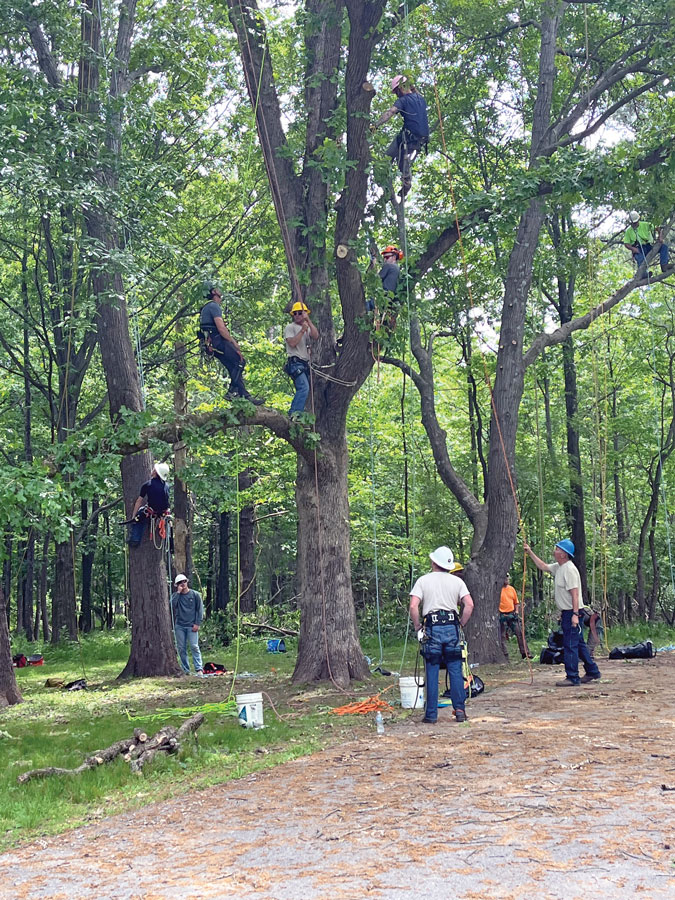Everyone wants access to reliable, high-speed internet. As an IT professional of nearly 25 years, I’ve spent most of my career living in rural Illinois where high-speed internet has always been just out of reach.
Trust me when I say I’ve tried every option available from cellular hotspots, satellite and wireless broadband providers, and none of them have delivered the performance needed to accommodate a family of six, let alone an IT professional who relies on technology.
On days when internet demand is high in my house, it is not uncommon to prioritize who is allowed to connect. If I need to use the internet for work, the rest of the family must wait until I have completed my work before they get access.
Three miles from my residence, new fiber-optic internet is being installed; however, there is no intention of bringing that service to my sparsely populated neighborhood just on the outskirts of town. If you live in rural Illinois, you can probably relate. However, I am happy to report there is a new option available, and you may or may not have already heard of it.
Elon Musk, co-founder and CEO of Tesla and rocket manufacturer SpaceX has delivered on a solution to provide internet across the globe. Starlink provides high-speed, low-latency broadband by deploying thousands of low Earth orbiting (LOE) satellites hovering somewhere between 125 and 1,200 miles above Earth.
In comparison, traditional satellites orbit 20,000 miles above Earth, resulting in high latency. Latency is the time it takes for the signal to travel from your computer to the satellite and back again.
This high latency is why traditional satellite internet is not sufficient to meet the demands of the modern household. Starlink has recently moved from beta testing to offering a fully functional product. While it has not yet reached its full potential, it recently became more widely available as more LEO satellites have been launched.
I signed up to be among the first to receive this new high-speed satellite internet more than a year ago. I am happy to report that Starlink is now available in central Illinois, and it may be available to you as well.
I’ve been using Starlink for a couple of weeks and can say that it lives up to my expectations and delivers where no other provider in my area could. Starlink advertises speeds between 100 and 200 megabits per second (Mbps) download and 20 Mbps upload with latency as low as 20 milliseconds.
These speeds are consistent with my experience at home with a clear unobstructed view of the sky. When compared to my old wireless provider that charged me $20 less per month and provided a measly 6 Mbps download, .5 Mbps upload and more than 400 milliseconds latency, I couldn’t be happier.
Starlink is impressive, but what about fiber? Starlink isn’t going to replace fiber anytime soon, if ever. Fiber is still far superior, and if I had that option, I would prefer fiber to any wireless or satellite solution. Unfortunately, fiber is not an option for many rural Illinoisians.
If you are looking into high-speed broadband solutions, you should first reach out to your local internet providers and see if they offer a fiber solution in your area. Many of these providers are working hard to deploy fiber to the home and you could be next on the list. If you can’t wait for fiber to come to your door and need a solution, check out Starlink.com to see your options.










